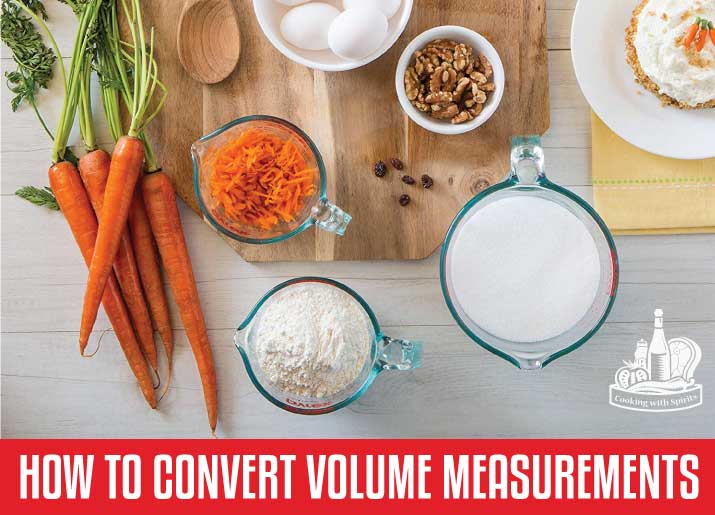Key Volume Conversions
Use this quick cheat sheet for the equivalents: This recipe has moved to our other website: Days Well Spent https://dayswellspent.com/volume-conversions-convert-measurements-for-your-recipe-ingredients/

Use this quick cheat sheet for the equivalents: This recipe has moved to our other website: Days Well Spent https://dayswellspent.com/volume-conversions-convert-measurements-for-your-recipe-ingredients/
This site uses Akismet to reduce spam. Learn how your comment data is processed.
Leave a Reply